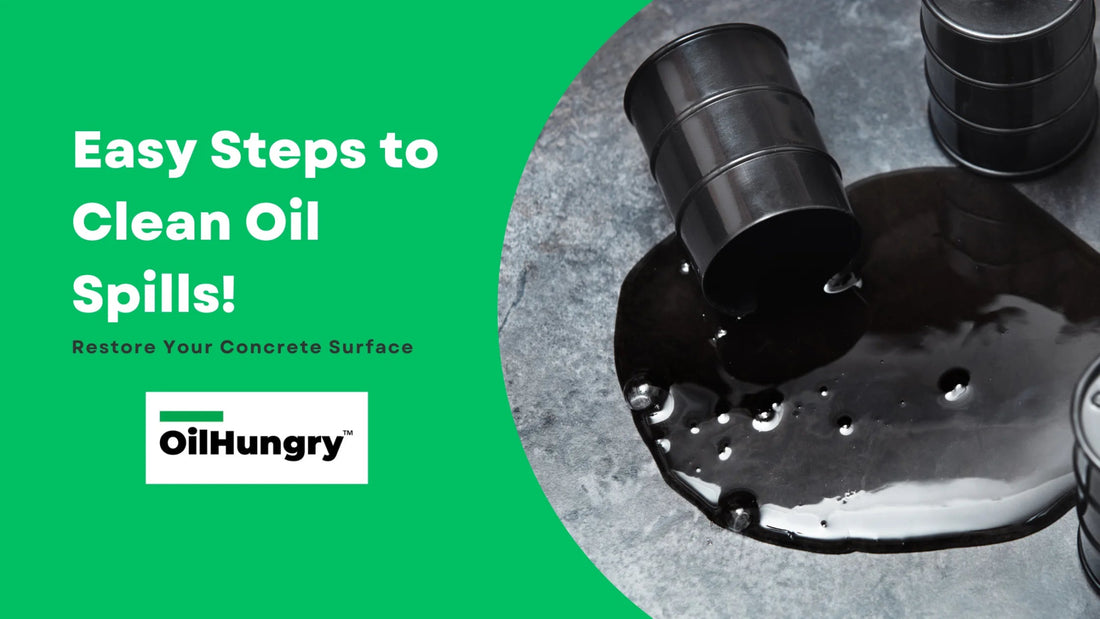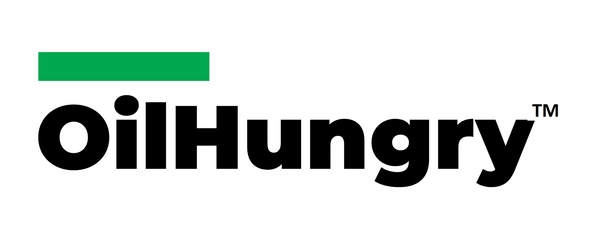
How to Clean Up Oil Spills on Concrete?
Share
Oil spills on concrete can be a major hassle, whether they occur in a garage, driveway, or industrial setting. If not addressed promptly, oil stains can seep into the porous surface, becoming permanent eyesores and environmental hazards. This guide will walk you through effective methods for cleaning oil spills and provide tips to prevent long-term damage.
Understanding the Impact of Oil Spills on Concrete
Oil spills not only create unsightly stains but can also make surfaces slippery and unsafe. The porous nature of concrete allows oil to penetrate deeply, making the cleaning process more challenging if delayed. Proper oil spill clean-up techniques can save time, effort, and money while protecting the environment.
Steps to Clean Oil Spills on Concrete
Cleaning up oil spills effectively requires the right approach and tools. Follow these steps for the best results:
1. Act Quickly
The faster you respond to an oil spill, the easier it is to clean. Fresh spills are more manageable because the oil hasn’t had time to seep deep into the concrete.
2. Gather Your Supplies
Before you start cleaning, assemble the following items:
- Absorbent material (e.g., cat litter, baking soda, or sawdust)
- Stiff-bristle brush
- Dishwashing detergent or degreaser
- Hot water
- Hose or pressure washer
- Protective gloves
3. Absorb the Oil
Spread an absorbent material like cat litter or sawdust over the spill to soak up as much oil as possible. Allow it to sit for 20–30 minutes, then sweep it up and dispose of it properly.
4. Scrub the Stain
- Apply a generous amount of dishwashing detergent or a commercial degreaser to the stained area.
- Use a stiff-bristle brush to scrub the detergent into the concrete in circular motions.
- Let the solution sit for 10–15 minutes to break down the oil.
5. Rinse Thoroughly
Use hot water and a hose or pressure washer to rinse away the loosened oil and detergent. Ensure the runoff doesn’t enter storm drains to prevent environmental contamination.
6. Repeat if Necessary
For stubborn stains, repeat the scrubbing and rinsing process. For older, set-in stains, consider using specialized concrete cleaners or poultices designed for oil spill clean-up.
Preventing Future Oil Spills on Concrete
Prevention is always better than cure. Here are some tips to minimize the risk of oil spills and make cleaning easier:
- Place drip pans under vehicles or machinery prone to oil leaks.
- Regularly inspect and maintain equipment to prevent spilling of oil.
- Seal concrete surfaces to create a protective barrier against oil penetration.
Eco-Friendly Alternatives for Cleaning Oil Spills
For an environmentally friendly approach to cleaning oil spills, consider using:
- Biodegradable cleaners: These break down oil without harming the environment.
- Oil absorbent pads: These pads are specifically designed to soak up oil while repelling water, making them ideal for outdoor spills.
Conclusion
Cleaning oil spills on concrete may seem daunting, but with the right tools and techniques, you can restore your surfaces and prevent lasting damage. Act quickly, use absorbents and degreasers, and follow up with thorough rinsing to keep your concrete clean and safe. By incorporating preventive measures, you can reduce the chances of dealing with oil spills in the future.
Whether you’re addressing a fresh spill or tackling a stubborn stain, these steps will help you achieve effective results. Remember, the key to cleaning oil spills is prompt action and the right strategy.
